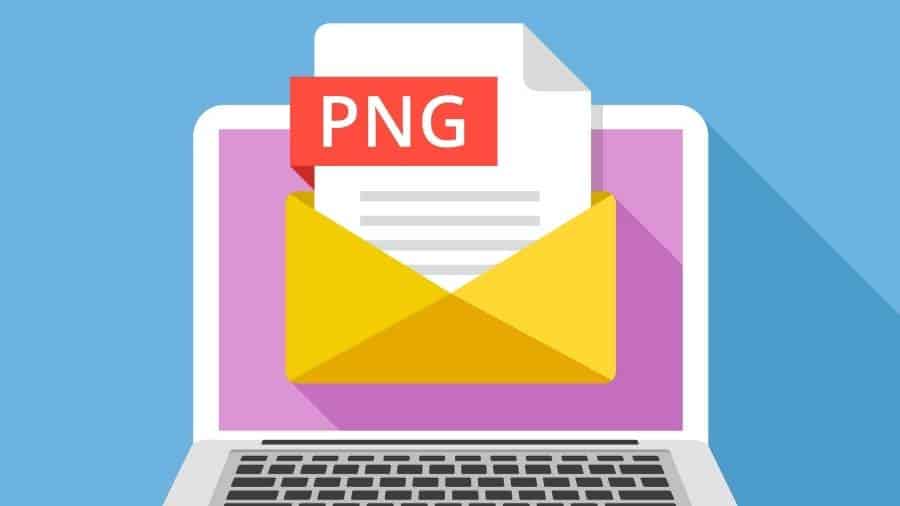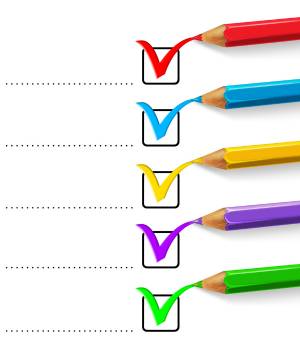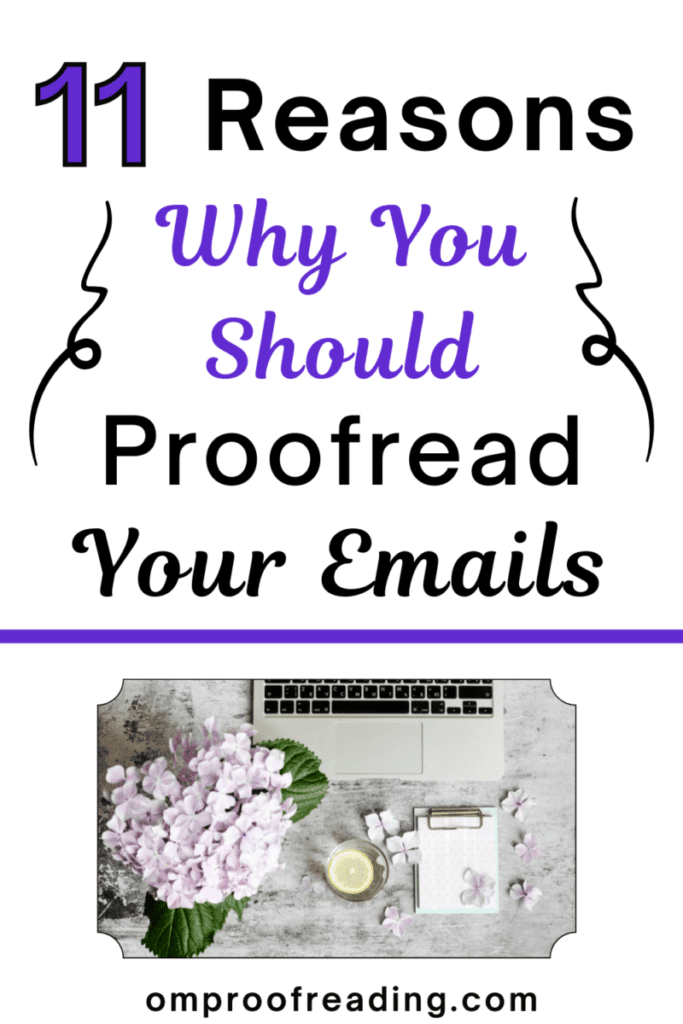This article may contain affiliate links. Please see our affiliate disclaimer in the footer menu for more information. Thank you for your support!

Even though emails are often brief, they need to be proofread like any other document. Sending a polished email makes a good impression, while sending a sloppy one leaves a lot to be desired.
I’m a proofreader, and I’ve often seen other proofreaders throw this joke around:
“I always do my best proofreading after I hit send.”
Let’s discover why you should proofread your emails and see some tips for doing so—before you hit send.
Why You Should Proofread Your Emails
1) Proofread your emails to keep them concise.
Concise is nice. And you get bonus points for using simple language. Email isn’t the place for ten-dollar words: it’s meant to be a medium where we can communicate quickly and efficiently.
Most people open their emails during a busy day that’s getting progressively busier. So applying the KISS (keep it super simple) principle seems apropos. Okay, so maybe that’s not exactly what KISS stands for. But it’s close enough, and it sounds much nicer. 😊
Reading a long email is a drag—a drag most people don’t have time for. Of course, some emails will need to be longer than others. Just say everything you need to say as succinctly as possible.
Bottom line: cut out any unnecessary words.
So the writer who breeds more words than he needs, is making a chore for the reader who reads.
– Dr. Seuss
2) Proofread your emails to communicate clearly.
We want the recipient to concentrate on our message, not our mistakes.
We know that a high percentage of communication is nonverbal and that nonverbal communication is nonexistent in emails. Therefore, we want to be sure that the reader understands what we’re trying to say by stating things as simply and clearly as possible.
Try to use simple language and short sentences, and get straight to the point.
3) Proofread your emails to strike the right tone.
If you’re writing a business email, or any formal email, you’ll want to leave out slang and acronyms like IMO and LOL.
Furthermore, some emails discuss sensitive subjects. If you’re especially concerned about the tone of your writing, have someone you trust read it and tell you how it comes off.
4) Proofread so that you come across professionally.
Many of the emails we send are work related. We want to conduct ourselves professionally, whether we’re with others in person or communicating with them through writing.
Our writing represents us in our absence, so we want it to make a good impression.
Careless written communication can undermine our authority, but well-polished prose represents us as the credible and professional people we are.
5) Proofread to make sure names are spelled correctly.

Many people aren’t fans of seeing their name misspelled, so give people’s names plenty of TLC.
Also, make sure you’ve correctly spelled other proper nouns like business names and the names of specific places.
I published a post about the importance of good spelling if you’re interested.
6) Proofread your emails to get your numbers right.
Emails, especially business emails, often include dates, times, and sometimes statistics. And what do those things have in common? Let’s hear it for those numbers! 😊
Sending someone a meeting time that’s not the right time means that person will show up early or late. And a date that’s off by a day means they won’t be at the meeting at all. Yikes!
7) Proofread to nix punctuation problems and grammar goofs.
If punctuation pitfalls and grammar gaffes remain in your email, the reader may perceive you as someone who rushes through their work. If you want to be considered competent and conscientious, make sure to take a few extra minutes to eliminate those unsightly errors.
Also, just like blog post headlines need proper proofreading since they stand out, email subject lines need close attention for the same reason.
Slipups in the subject line stand out like a sore thumb since the recipient will focus on that first.
And be sure to check for homophonic errors since these types of fumbles are often overlooked. Homophones are words that sound alike but have different meanings and usually different spellings to too.
8) Proofread your emails to fix formatting flubs.
Keeping indentations aligned is ideal, and remembering to put just one space after each period is the way to go. However, one of the biggest formatting faux pas in email writing is making the text difficult to read by squishing it all together into one big block (like this one). Seeing space on the screen gives our eyes a welcome break. Keeping your paragraphs short and putting space before and after each one allows the recipient to have a more pleasurable reading experience.
9) Proofread to ensure you included the right attachment.

So you remembered the attachment, but is it the right one?
This reminds me of a copy editor who checks cross-references. For example, if a document says to see diagram 3 on page 27, the copy editor needs to make sure that diagram 3 appears on page 27 (not page 26 or 28).
If you frequently send attachments, it can get confusing. Be sure to name all your files clearly (including dates when needed) so you can match the right attachments with the right emails.
10) Proofread to make sure you attached the attachment!
Have you ever forgotten to attach the attachment altogether? I haven’t. I mean, I have. 😉 I tend to include the correct attachment when I send one, but remembering to attach it in the first place is what gives me the most trouble.
And be sure to include any links you said you’d provide.
Not that I’ve made that mistake, too—I’m just saying that as a reminder to you. Okay, maybe I’ve forgotten a link or two.
It’s easier if you only have to take the time to send one email. Also, you don’t want to be remembered as a forgetful Freddy.
Top-Notch Tip: Click on the links in your email to make sure they’re not broken and that they go to the right place.
11) Proofread to ensure you’ve included all your points.
Again, you only want to have to send out one email containing everything you want to say.
If you need to cover a lot of ground, it can help to make a quick checklist of all the points you need to address. Checking off the points on your list will guarantee your email is complete.
Finally, let’s look at a well-known adage:
“The way you do one thing is the way you do everything.”
The source of these wise words is unknown, but I think there’s a lot of truth to this statement.
Therefore, proofread your emails carefully because the way you do one thing is how you do everything. 😊
7 Tips for Proofreading Your Emails Before You Hit Send
Here are some tried-and-true tips you can use when proofreading your emails.
1) Read your email out loud.
Our ears often catch what our eyes miss.
2) Read the email backward.
Start by reading the last sentence of your email like you always do (from left to right). Then read the second-to-last sentence. Continue until you’ve read the first sentence of your email.
You can use this technique to slow down and ensure you’re not anticipating what the next sentence says. You want to see what you actually wrote, not what you think you wrote.
3) Sleep on it.

If you have a particularly important email that needs to go out, try writing it the day before you need to send it. Then get a good night’s sleep before you proofread it.
Time away allows you to return to your writing with fresh eyes and a better ability to look at your email critically.
4) Use a grammar checker.
Using a grammar checker like Grammarly can help you detect mistakes. The free version does an impressive job of identifying homophonic hiccups that tend to slip through the cracks.
5) Have a friend or family member read it.
We have a tough time proofreading anything we’ve written since we’ve become familiar with it. Having a second pair of eyes on your email can help catch overlooked errors.
6) Hire a proofreader.
I’ve proofread many emails for clients who wanted their writing to be in top-notch shape. You may especially want to hire a proofreader if you have an important email that will reach a large audience.
I penned a post about finding a competent proofreader if that interests you.
7) Use a checklist.
Using a checklist will help you remember everything you need to consider. After a while, you’ll find you don’t need it anymore because you’ve memorized everything you need to check for.
Feel free to screenshot the checklist below, and mentally check off the items while proofreading.
A Checklist for Proofreading Your Emails

- I’ve eliminated wordiness and stated my points clearly.
- My tone and level of formality are suitable for the reader.
- I’ve spelled all proper nouns correctly.
- I’ve double-checked any numbers.
- I’ve looked for grammar and punctuation mistakes.
- My paragraphs are short, with space above and below them.
- I’ve included the correct attachments and links.
- I’ve communicated all my main points.
I hope this post has given you good reasons for why you should proofread your emails.
Please check out my post about proofreading strategies if you’d like to further enhance your ability to eradicate errors.
And I authored an article about the importance of proofreading in case you want to check it out!
Best wishes to you!
“You never fail until you stop trying.”
-Albert Einstein

Recent Posts
Punctuation is important because it enables us to communicate our message clearly and effectively. Without punctuation, we wouldn’t understand how units of a sentence relate to one another or how...
Although you're probably somewhat familiar with adverbs, you may be unaware of sentence adverbs. As a trained proofreader who has studied the parts of speech, I can help you understand this unique...
